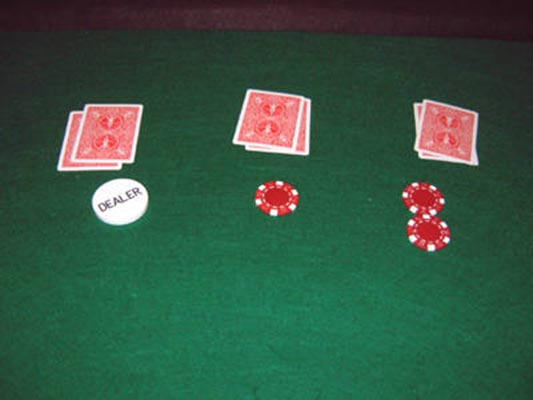A smooth transition from pre-flop play

As long as players know the strength of starting hands and the importance of position at the poker table, they should have no problem in playing their cards well pre-flop. By playing textbook poker in the early stage of any hand, they are maximizing their chances on the subsequent streets, and in many cases take down the pot early. Taking advantage of position can sometimes be enough for stealing blinds, without even having the kind of cards that would make you favorite to win the hand.
Things turn complicated on the flop and turn, because players need to diversify their actions to make it more difficult for their opponents to establish patterns. Some standard rules still apply, but paying attention to the unique factors that appear in every hand is what guarantees success on the flop. In order to take advantage of your inspired pre-flop moves, you need to think a few steps in advance and try to anticipate your opponent’s moves.
In order to achieve that, you need to put him on the correct range of cards and also have some knowledge about how he reacts to aggression. If you are in late position and nobody before you made the move on the flop, you should raise with any given cards because the chances are high for everyone to fold. In the unlikely case that you get the raised, you should muck your cards because the opponent is probably trying to lure you into a trap. It is not unheard of for players that are under the gun to check raise their monster hand, hoping that some of their opponents will be unable to fold their cards.
This attitude is somewhat similar to limping pre-flop, but the difference resides in the fact that the one resorting to such a strategy hopes that someone else would bet. Most of these terms are familiar to poker players, but beginners might find it difficult to intake all of this information on the go. By playing at a single table and doing some minimal research between poker sessions one can effortlessly broaden his poker vocabulary in a pleasant manner.
There is no shortage of information that would help players make a smooth transition from pre-flop to post-flop play, but in order to understand the message these articles convey, a solid grasp over basic poker technology is required. Many players who used to compete in regular casinos or play home games with their buddies know instinctively what needs to be done both pre-flop and on the other streets. Knowing the poker terms makes them look professional at the poker table, but also helps with their education and online research. However, knowing the poker terms may be good but it does not help you so much at the table if you do not have the necessary experience to maintain concentration and patience; these two factors are mandatory and vital for your poker career.

